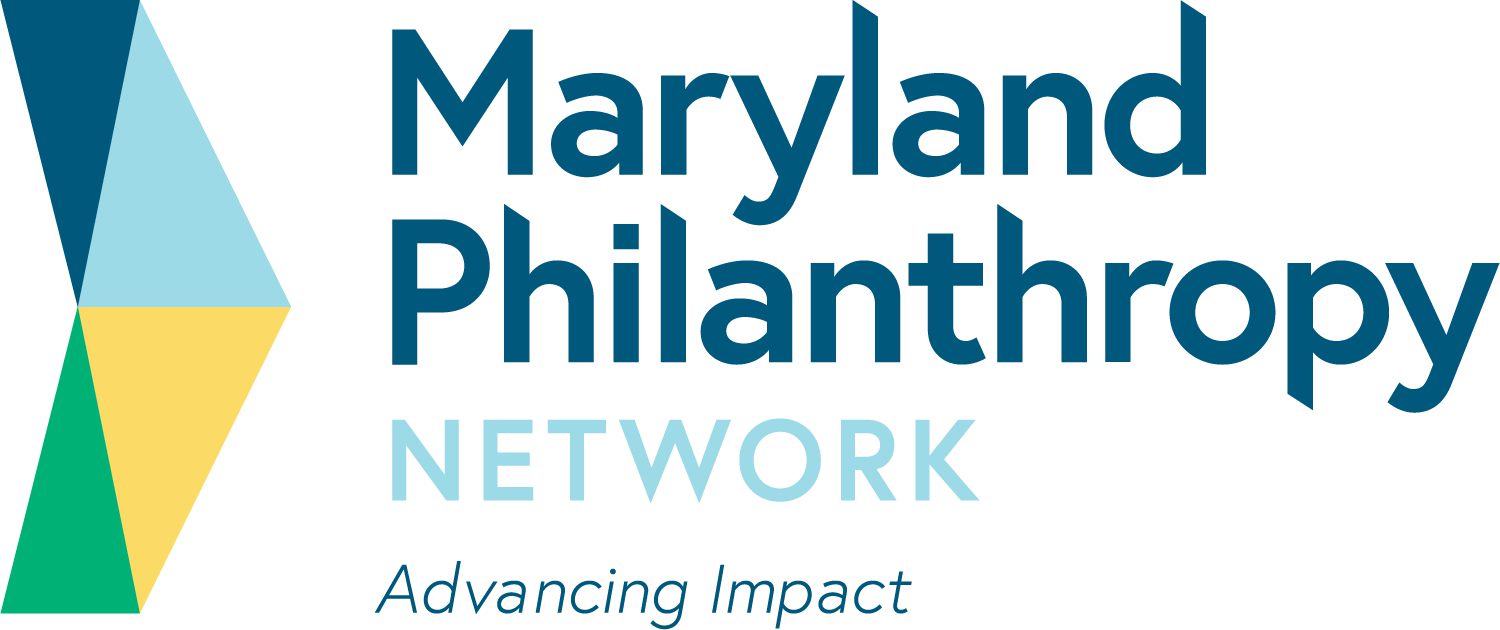Evaluate, Invest in Advocacy, and Shrink the Change
In 2010, the Horizon Foundation staff took a routine look at local health data and noticed some troubling trends. Data indicated that most deaths in our community were related to heart disease, cancer, stroke, and/or diabetes. Trends showed increasing rates of hypertension and high cholesterol, alongside increasing rates of unhealthy weight. Worse yet, data also showed that local school-aged children had similar rates of unhealthy weight as those in neighboring counties and throughout the state. For an independent, place-based, health-focused philanthropy like ours, this was grim news.
The Horizon Foundation is based in Howard County, Maryland, and we focus our work on its approximately 321,000 residents. In any given year, Howard County has one of the highest median household incomes in the nation. About 95 percent of our residents are high school graduates, and a majority have bachelor’s and other higher-education degrees. According to Money magazine, two of our cities are among the best places to live in America, and our county has won awards for its open spaces, parks, sports culture, recreation facilities, and library system. Evidence suggests that these health determinants should provide relative protection against disease, and yet our local data indicated otherwise.
In response, the foundation launched a suite of Healthy Eating Active Living (HEAL) initiatives in 2012. Our plan included efforts to reform the school system’s wellness policy; reduce sugary drink consumption; improve school food; increase participation in federal school meals programs; enhance pediatricians’ skills related to the prevention, diagnosis, and treatment of childhood obesity; and make healthier food and drinks more widely available for children and families. Concurrently, we have been working to make physical activity more routine by improving equity in sports participation and increasing physical activity in schools and childcare facilities. We also routinely advocate for “complete streets”—properly designed roads and pathways that allow all walkers, bicyclists, transit users, and motorists to jointly use and safely get from one point to another. Over the years, we learned some useful lessons.
Click here for the full article.
Source: Stanford Social Innovation Review, Written by the Horizon Foundation's Glenn E. Schneider, Chief Program Officer, and Nikki Highsmith Vernick, President & CEO.
FIND MORE BY:

